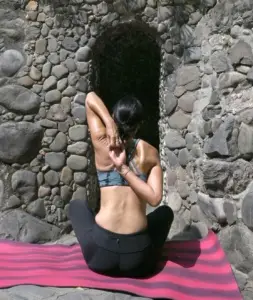
Mindfulness can be a powerful tool for trauma recovery, helping individuals heal from emotional and physical trauma by promoting self-regulation and reconnecting with the body. Trauma-sensitive mindful-based program focuses on creating a safe and supportive environment where individuals can explore sensations in the body and learn to regulate their responses to stress and triggers.
Benefits of Trauma Recovery Therapy:
Considerations before Starting:
Mindful Poses and Practices for Trauma Recovery:
Breathing Exercises for Trauma Recovery:
Mindful Practice for Trauma Recovery:
Summary with Tips:
Mindfulness for trauma recovery offers a compassionate approach to healing, supporting individuals in reconnecting with their bodies, calming the mind, and fostering resilience. By incorporating gentle mindful poses, breathing exercises, and meditation practices into your routine, you can cultivate inner strength, promote emotional healing, and enhance overall well-being.

GoInwards is an IRS 501(c)(3) Non-Governmental Organization (NGO), chartered to advance wellness through integrative health related awareness, prevention, intervention, and resilience-based educational programs.
FEIN 90-0609802